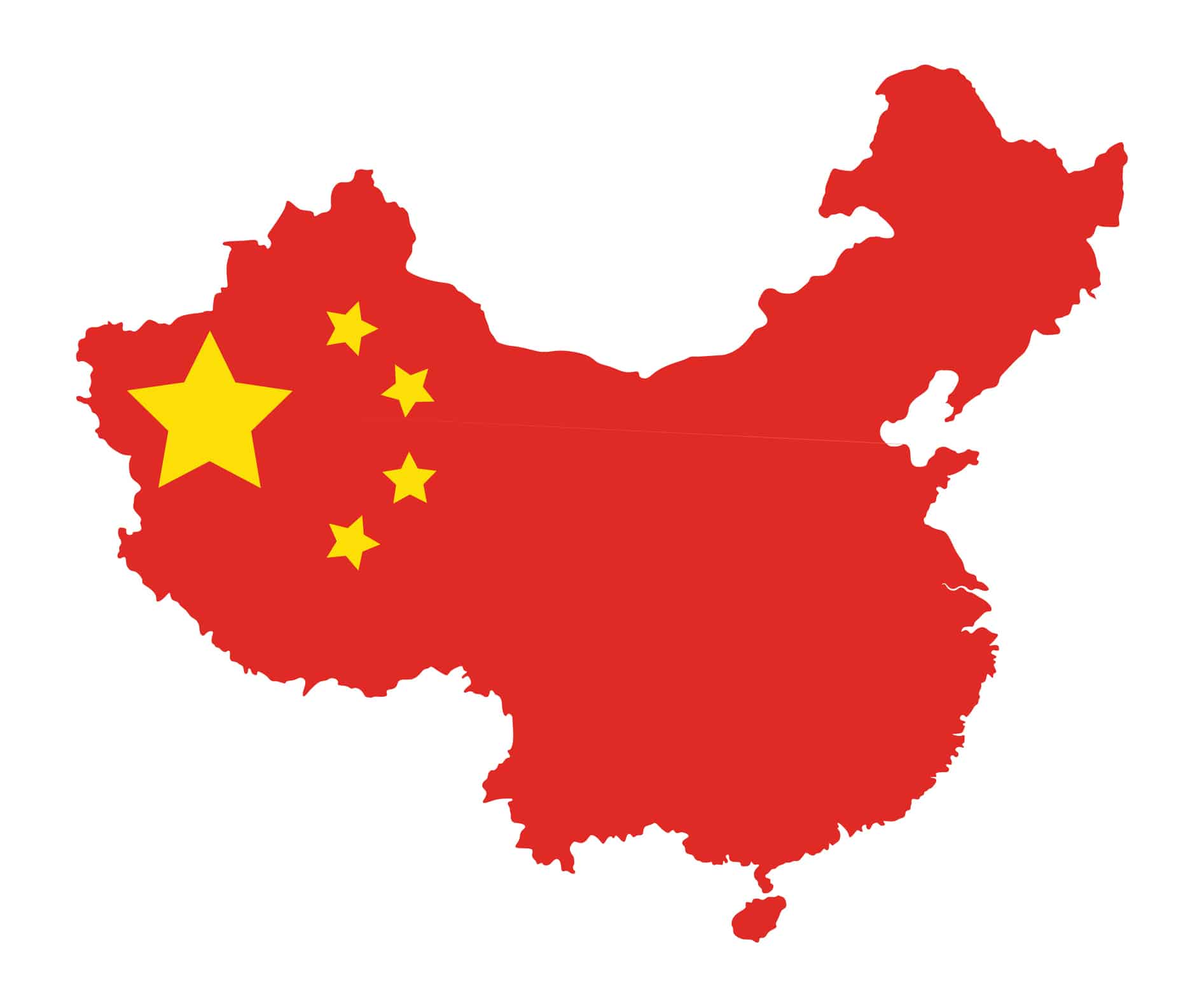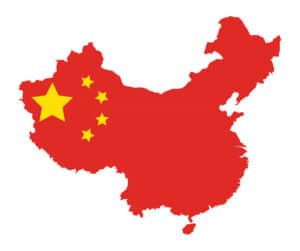
Navigating Demographic Shifts: Low Birth Rates and Immigration Policy in China
- NPG
- January 29, 2024
- NPG Commentary
- 0 Comments

Exploring the Impact of Immigration Policy in China
China’s population continues to decline as deaths outnumber births for the second year in a row. At the end of 2023, the population stood at 1.409 billion, which was 2.08 million fewer people than the year before. This count marks the second year in a row that China’s population has decreased, a trend that, before 2022, had not been recorded since the 1961 famine. One propeller of this demographic shift was the country’s implementation of the one-child policy in 1979. After 35 years of enforcement, China amended the policy to include a second child in 2015. But, eight years later, there has not been any significant change. Chief China economist for Macquarie Group, Larry Hu, shared his thoughts on the demographics, noting: “To be sure, last year’s sharp decline should be partly due to the lockdowns and most likely new births will rebound in 2024, although the structural down-trend remains unchanged.”
China had hoped to get in front of the issue posed by a rapidly aging society by encouraging the country’s young couples to procreate, but so far, the incentives have not been enough to change the bigger picture. Right now, the world’s second-largest economy is in the hands of a shrinking nation. Factors such as urbanization, changing societal norms, economic pressures, and a preference for smaller families have also fueled the decline in birth rates. Another propeller of the shift in demographics is China’s immigration policy. The Chinese government has traditionally prioritized preserving social stability and cultural cohesion, leading to relatively low levels of inbound migration. For a long time, as mentioned in an article published by the Migration Policy Institute: “…migration has been managed for selective developmental aims and often in service of broader geopolitical goals. After 1949, controlling migration was a key concern for the Chinese government. With the post-1979 reform policies, China developed from a country of limited migration into one in many ways defined through its global interactions, although it continues to treat migration warily. While the country has become older, more urbanized, and wealthier, it struggles to rebalance economic needs and political considerations.”
The low birthrates and immigration levels in China are connected through their impact on the country’s demographic structure and overall population dynamics. China’s aging population and shrinking workforce, driven by low birthrates, pose challenges for sustaining an economically healthy society and maintaining social welfare systems. The demographic imbalance resulting from fewer births and the increasing number of elderly citizens has created a need for a younger, more productive workforce. Some countries implement immigration policies to attract skilled workers to offset demographic imbalances. In the case of China, its traditionally low levels of inbound migration significantly limit the potential contribution of foreign workers to mitigating the effects of the aging population.
While China and the United States are both experiencing lower birth rates and aging populations, their immigration policies diverge significantly. China’s approach, combined with the country’s low birth rate, exacerbates the demographic imbalance, with a shrinking workforce unable to sustain the demands of an aging society. Conversely, the United States has historically utilized more liberal immigration policies; embracing diversity and utilizing immigration as a tool for population growth and economic vitality. This approach mitigates the effects of lower birth rates and an aging population by infusing the workforce with younger, foreign-born workers. However, the U.S. isn’t immune to challenges, and unauthorized immigration continues to fuel population growth nationwide. NPG believes that the southern border should be secured and that legal immigration should be cut to not more than 200,000 per year – a level supportive of eventual reduction of U.S. population.
Both China and the United States have work to do to refine their immigration policies. For China, the necessity to supplement a diminishing and aging populace calls for a more open immigration policy, encouraging skilled and youthful foreign workers to contribute to the country’s economy and demographic balance. By contrast, the United States must focus on fortifying its immigration policies and deterring unauthorized immigration. NPG believes it is essential that the United States work to slow, halt, and eventually reverse population growth. For this to occur, each country needs to strike a careful balance between birth rates, immigration, and the management of their respective aging populations.
Your gift helps publish and distribute materials like this.


